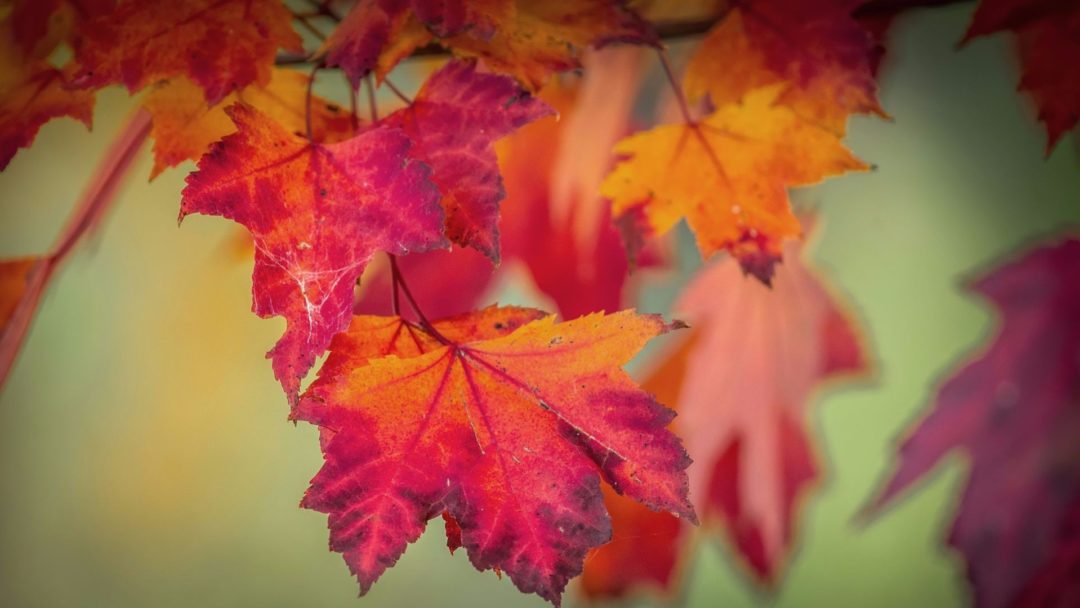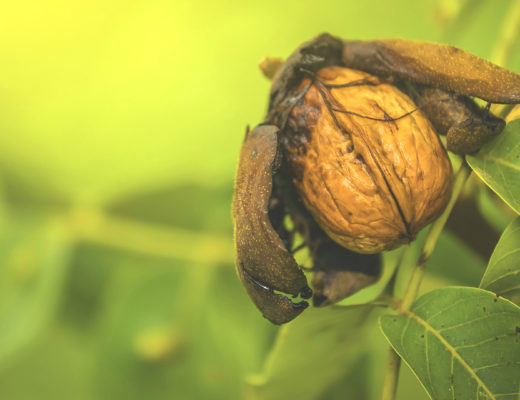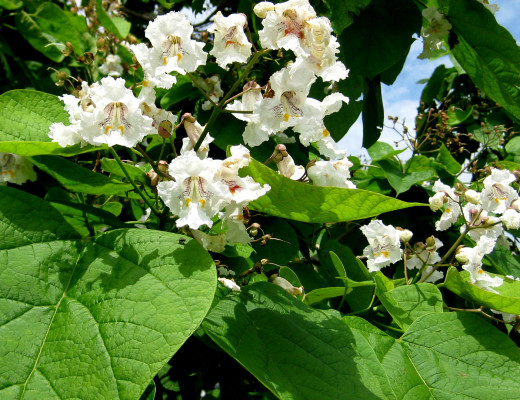Acer rubrum
Red. The color of passion — and the extremes that go with it. It is love on the one hand and danger, warning, or even hate on the other. In the psychology of colors, red has a lot of meanings, but mediocrity is never one of them. Red is not a color to be ignored.
How appropriate for a species like red maple. Here is a tree of great beauty and extremes. It is a tree loved by many but despised by some. It offers a year ‘round highlight in home landscaping but is an aggressive tree in the forest that some people think is crowding out species of greater value.
The Red Maple has a lot of claims to fame, including the greatest north-south range of any tree species living entirely in the eastern forests. (Newfoundland to southern Florida). It is also the state tree of Rhode Island. No one seems to know the whole story of why it was selected by the citizens of this smallest of states. In the 1890’s a Rhode Island school commissioner gave students a list of trees and asked them to vote on their favorite. Red Maple won, but it was not until 1964 that it was officially adopted as the state tree – making Rhode Island one of last states in the nation to proclaim its tree.
The nation’s largest Red Maple lies far to the south of Rhode Island in Great Smokey Mountains National Park. This tree was declared champion in 1997 by American Forests and is listed in the National Register of Big Trees as being 141 feet tall and just over 7 feet in diameter at 4-1/2 feet above ground.

There is probably no other tree as well named as red maple. It is part of the genus Acer, which comes from the Celtic, ac, meaning hard. Maples have a very hard wood, although red maple is at the softer end of the scale. Its species name, rubrum, is more on the mark. It is from the Latin word for red, the tree’s most widely used common name.
In spring, red flowers burst forth boldly before foliage can hide their beauty. As leaves unfold, they too are red at first, then yield to the domination of green chloroplasts for the business of photosynthesis throughout the summer months. Even so, red keeps a foothold in the leaf stems, then returns in autumn throughout the entire leaf in a brilliant display of crimson. When dormancy sets in, red pigment colors the buds and completes its ever-present cycle in red maple.
March of the Red Maples
Red maples are leaving the swamps and invading the high ground. In eastern woodlands, red maple has been so much associated with swampy habitat that this has earned it the name “swamp maple” and “water maple.” Today, however, ecologists report that this species is spreading from the wetlands and taking over large portions of the forest — at the expense of oaks, hickories, and other species of higher economic value.
Many of the trees being replaced have also been important food sources for wildlife that depend on nuts and acorns. The story of these subtle but profound changes offers a great example of forest ecology and the influences of our changing society.
In the Landscape
The red maple is a showstopper on any landscape. Its pageant of color, along with the tree’s relatively fast growth and tolerance to a wide range of soils (hardiness zones 3-9), makes it a widely planted favorite. It reaches up to 60 feet at maturity, boasting a beautiful a canopy that offers great shade.



